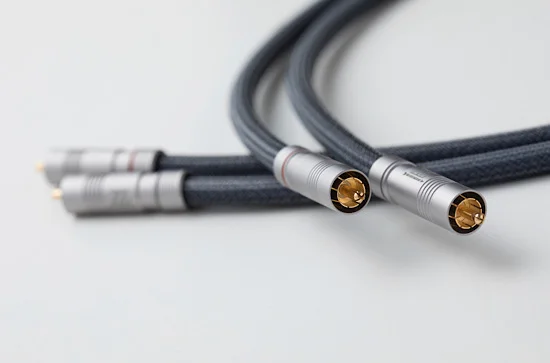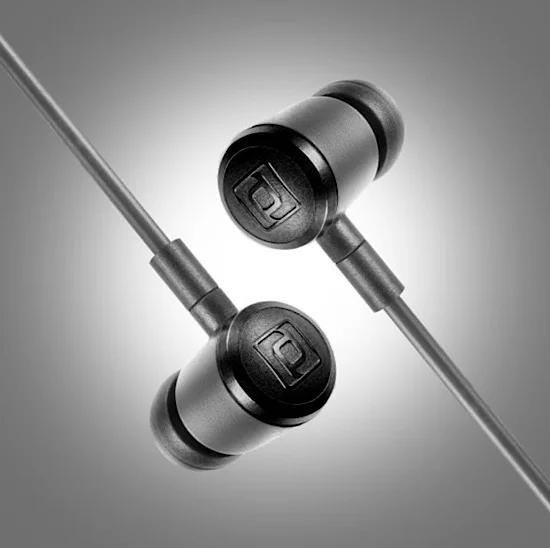What is all the buzz about Qobuz?
In a nutshell: Think Tidal—but for the connoisseur.
Qobuz is a subscription based digital music provider/streaming service that is quickly gaining attention by offering lossless streaming of high-resolution (Hi-Res) 24 bit FLAC audiophile quality music files up to 24/192 PCM in addition to CD 16/44.1 resolution (and MP3). Yes: flawless lossless streaming of even native 24/192 FLAC files. Crucially, their files are curated carefully and thoughtfully from the best original sources they can get their hands on. And they have over two million 24 bit Hi-Res files; already twice as many as Tidal’s MQA collection (more about MQA below). A Qobuz mantra is, ‘Qobuz: quality sound, always’. And they mean it. As such, Qobuz maintains a large and diverse selection of music in many genres; even their classical selection is given close attention.
Many of the albums include the names of musicians, the producers, and the lyrics, and they publish weekly interactive online articles. Qobuz also allows you to import native Hi-Res music FLAC files onto a desktop computer for offline listening (they are unique in allowing/enabling that) and to purchase Hi-Res downloads. For example, at an audio show (where the internet might be too slow or unpredictable), a company can download onto a desktop a library of native Hi-Res Qobuz files to use instead of streaming them over the internet. As an exhibitor, I’d think that was cool. You can also download a Hi-Res library on your iPhone/iPad and play music while traveling (one just has to login on a web browser and download).




















